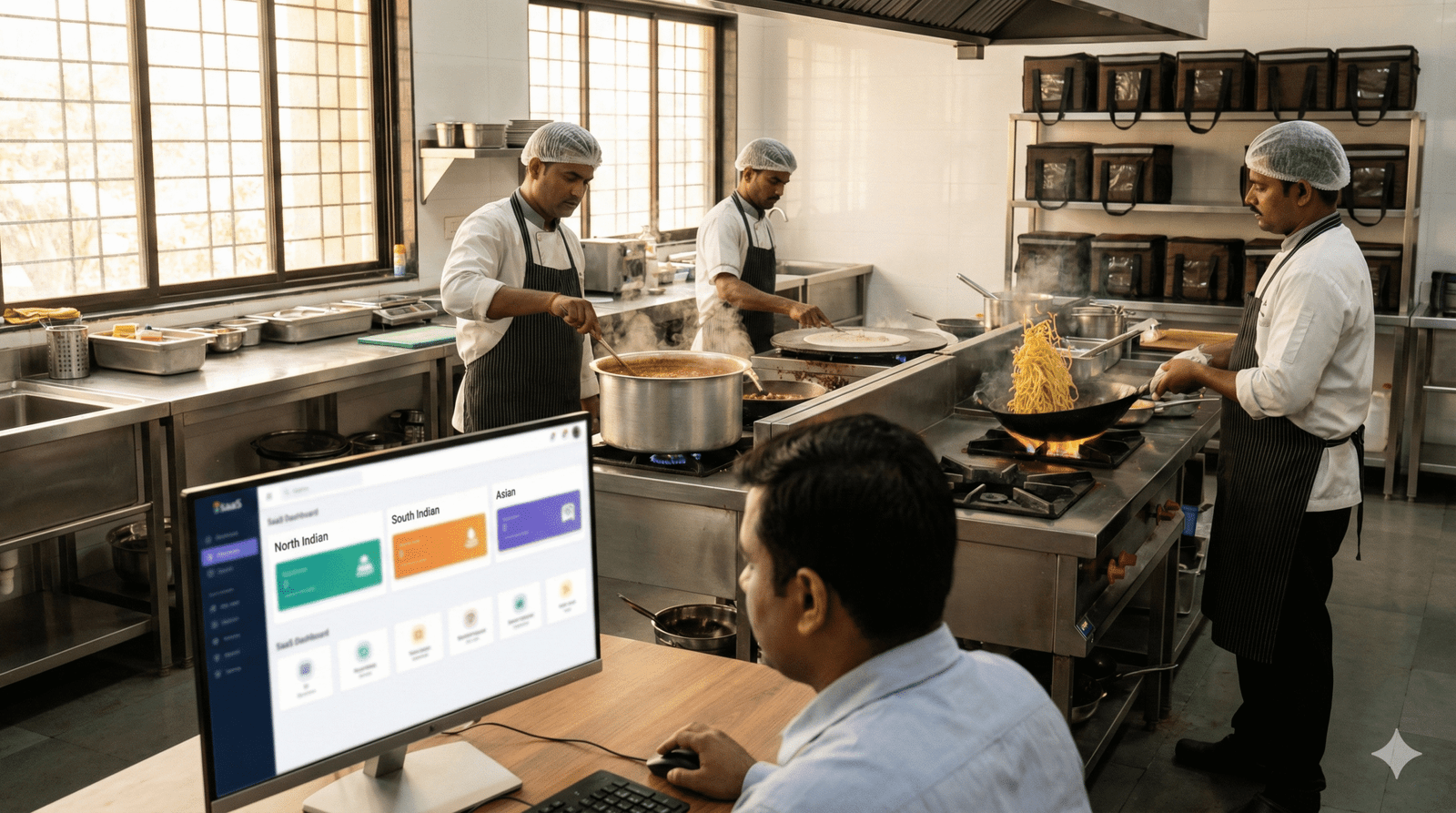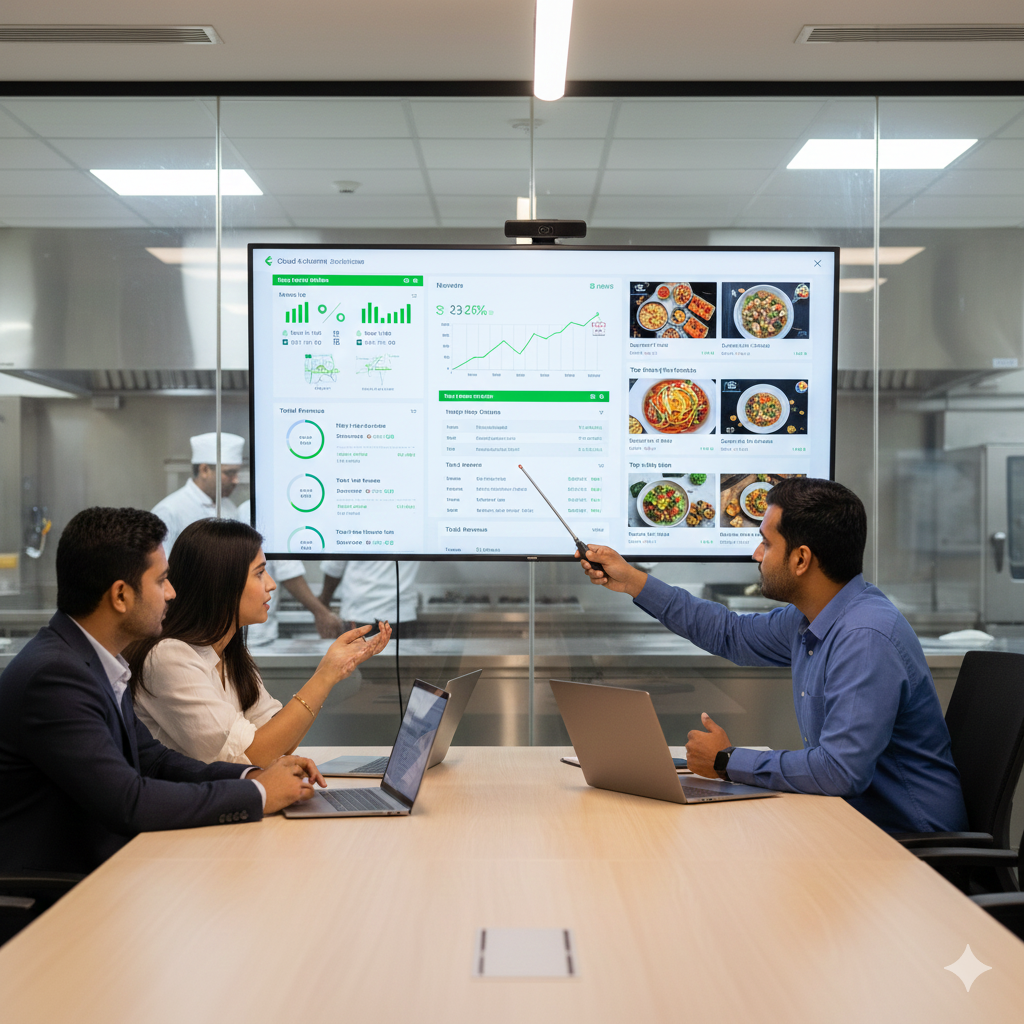In today’s fast-paced digital world, the way we dine is undergoing a significant transformation. The rise of online restaurants is revolutionizing the way we order, consume, and interact with food. As a result, the traditional dining experience is evolving to incorporate cutting-edge technology, enhancing customer satisfaction and streamlining operations. we will explore the future of dining in the digital age and the key role online restaurants are playing in shaping this transformation.

The Rise of Online Restaurants
The online food delivery market has witnessed tremendous growth in recent years, with more and more consumers opting for the convenience of ordering food online. According to a recent survey, 63% of customers prefer to place their orders directly with the restaurant, indicating a significant shift towards online ordering. This trend is driven by the increasing demand for convenience, flexibility, and speed in food ordering and delivery.
Advantages of Online Restaurants
Online restaurants offer numerous benefits to both customers and restaurants. For customers, online ordering provides a seamless and convenient experience, allowing them to order from the comfort of their own homes or on-the-go. This convenience is particularly appealing to busy professionals and families with young children. For restaurants, online ordering streamlines operations, reduces labor costs, and increases sales and revenue.
Key Features of Online Restaurants
To stay ahead in this competitive market, online restaurants must incorporate cutting-edge technology to enhance the customer experience and streamline operations. Some key features of online restaurants include:
- Personalized Digital Menus: Online menus allow customers to customize their orders according to their preferences and dietary restrictions, ensuring a tailored dining experience.
- Contactless Payments: Contactless payment options, such as digital receipts and mobile payments, minimize physical contact and enhance the overall experience.
- Real-Time Order Tracking: Customers can track the status of their orders in real-time, providing transparency and peace of mind.
- Integrated CRM Systems: Online restaurants can leverage integrated customer relationship management (CRM) systems to build stronger connections with customers, offering personalized recommendations and rewards.
Challenges and Opportunities
While online restaurants offer numerous benefits, they also face several challenges. Some of the key challenges include:
- Handling Multiple Orders: Managing multiple orders manually can lead to inefficiencies and delivery delays. Automation is essential to eliminate human errors and ensure timely delivery.
- Managing Menus across Platforms: Setting up and managing multiple menus across different ordering platforms can be a significant challenge. Automation is crucial to ensure menu consistency and updates.
- Real-Time Sales Data: Having real-time sales data is critical to track customer demand and make informed business decisions. Seamless integration systems are essential to ensure this data is readily available.
Read Also : Zomato Partner: Unlocking New Opportunities for Restaurants
Order Food Now: The Convenience of On-Demand Delivery
The Future of Online Restaurants
As the online food delivery market continues to grow, online restaurants must adapt to changing consumer preferences and technological advancements. Some key trends shaping the future of online restaurants include:
- Increased Focus on Sustainability: Online restaurants are incorporating eco-friendly practices, such as digital menus and energy-efficient equipment, to reduce their environmental impact.
- Integration of AI and AR: Artificial intelligence (AI) and augmented reality (AR) are being integrated into online restaurants to enhance the customer experience, streamline operations, and improve menu customization.
- Personalized Marketing: Online restaurants are leveraging data analytics to create targeted marketing campaigns, offering personalized promotions and rewards to loyal customers.
Conclusion
The future of dining in the digital age is undoubtedly online. Online restaurants are revolutionizing the way we order, consume, and interact with food, offering numerous benefits to both customers and restaurants. By incorporating cutting-edge technology and adapting to changing consumer preferences, online restaurants can continue to thrive and shape the future of the food industry.





